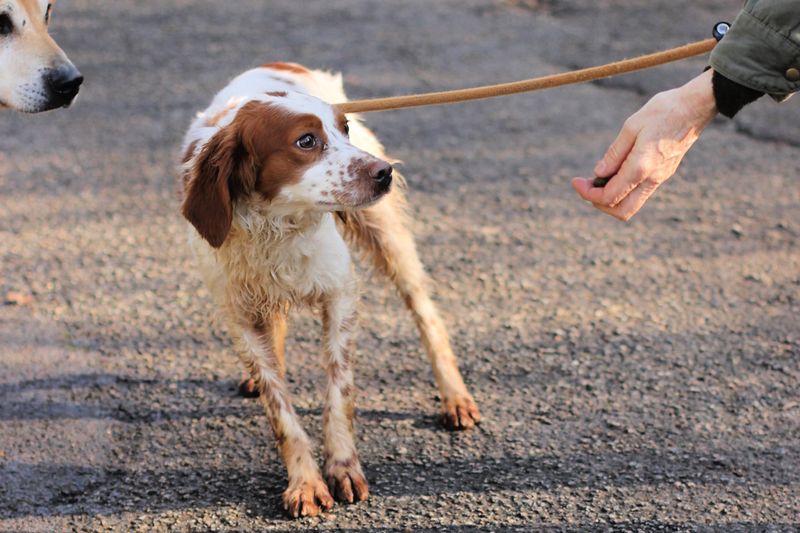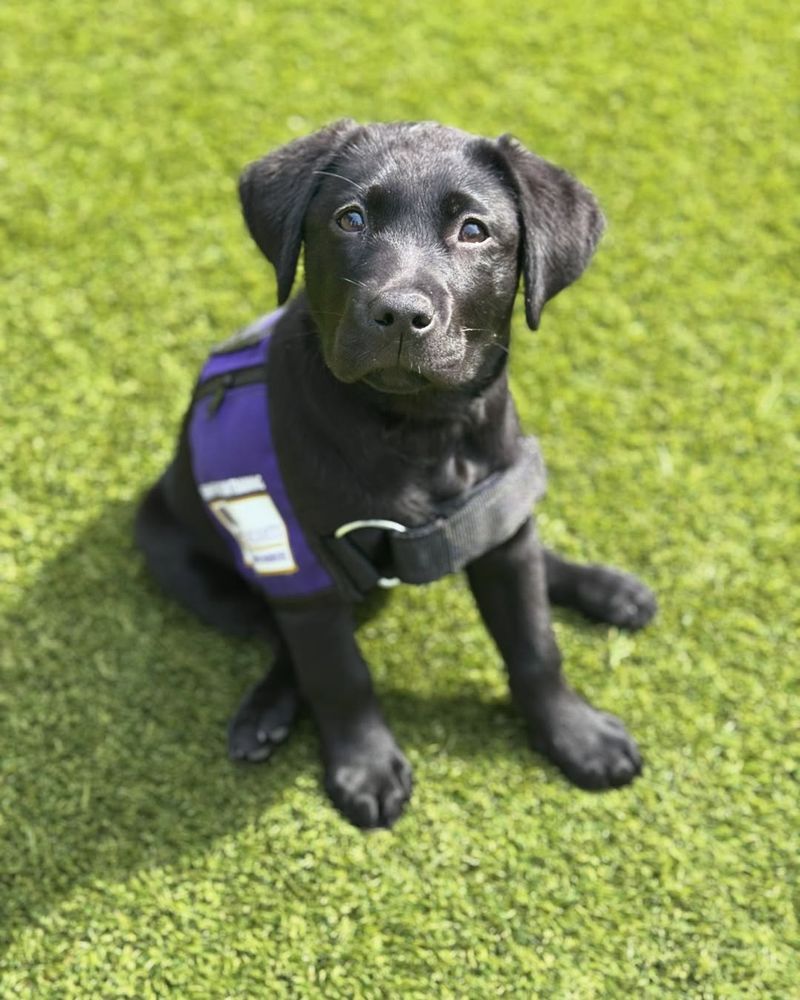Pets, much like humans, have fears and anxieties that can affect their quality of life. Understanding these common fears and knowing how to address them can create a nurturing environment for your pet. This guide explores the ten most prevalent fears in pets and offers actionable advice to help them feel safe and secure.
Fear of Loud Noises
Thunderstorms, fireworks, and even vacuum cleaners can send your pet scurrying under the bed. The booming sounds create a terrifying experience for them. Try creating a safe haven with their favorite blanket or toy nearby. Playing soothing music or white noise can mask external sounds, providing a cocoon of calm. Gradual exposure to loud noises in a controlled environment might also help them adapt. With patience and lots of cuddles, your pet will gain confidence over time, facing their fears with a wagging tail.
Separation Anxiety
Leaving your pet alone can be a stressful ordeal for both of you. They may bark, whimper, or even become destructive. Consider introducing a comforting routine before you leave. A special goodbye treat or toy can distract them from your departure. Training sessions that gradually increase your time away can build their independence. Interactive toys or a piece of clothing that carries your scent might offer solace. With love and consistency, your pet will learn that you’ll always come back, easing their anxiety with each goodbye.
Fear of Strangers
Meeting new people can be daunting for pets, especially those with shy dispositions. Allow your pet to approach strangers at their own pace. Encouraging strangers to offer treats can create a positive association. Keep interactions calm and inviting, avoiding sudden movements or loud voices. If possible, introduce your pet to new people one at a time, allowing them to adjust slowly. Over time, your pet may learn to greet strangers with curiosity instead of fear, making social gatherings a breeze.
Veterinarian Visits
Trips to the vet can be a source of anxiety for many pets. The unfamiliar smells and sounds can be overwhelming. Bring along their favorite toy or blanket for comfort. Engage in short mock visits to the vet’s office, rewarding them for calm behavior. This familiarity can ease their stress. During actual visits, calm reassurance and gentle handling can make a difference. Over time, these positive experiences will lessen their fear, turning dreaded vet trips into manageable outings.
Fear of Car Rides
For some pets, car rides can be an unsettling experience. The motion, unfamiliar sights, and sound can lead to anxiety. Start with short, pleasant journeys to familiar places. Gradually increase the duration, rewarding calm behavior with treats and praise. Making the car a comfortable space with a favorite blanket or toy also helps. With time and patience, your pet can associate car rides with fun adventures, turning a fearsome trip into a tail-wagging journey.
Fear of Other Animals
Encounters with other animals can be intimidating, especially for pets who’ve had negative experiences. Begin with slow introductions, keeping distance initially. Positive reinforcement with treats can encourage calm interactions. Supervised playdates or group training sessions provide a controlled environment for socialization. With time, these positive encounters will build their confidence, transforming fear into playful curiosity. Your pet will look forward to making new furry friends in no time.
Fear of Water
Water can be a source of fear for many pets, particularly cats. Introduce water gradually, starting with a shallow bowl or puddle. Use toys or treats to create a positive association, allowing them to explore at their own pace. If bathing is necessary, gentle handling and warm water can ease their anxiety. With encouragement and patience, your pet may come to see water as a friend rather than a foe, enjoying the splashy fun.
Fear of Being Touched
Some pets are sensitive to touch, reacting with fear or discomfort. Respect their boundaries, offering gentle, deliberate strokes. Observe their body language to know when they’re comfortable. Gradually increase the duration of petting sessions, rewarding them with treats. This positive reinforcement can build trust, helping them associate touch with affection and safety. Over time, your pet may lean into your touch, seeking it as a source of comfort and love.
Fear of Stairs
Stairs can be a daunting obstacle for pets, especially young or small ones. Begin with the bottom stair, using treats to lure them up. Encourage them with a gentle voice, taking it one step at a time. Consistent practice and positive reinforcement make it less intimidating. Eventually, your pet will trot up and down with confidence, turning a once scary staircase into a mere play area.
Fear of New Environments
New environments can be overwhelming for pets. Allow them time to explore at their own pace, offering treats and praise. Familiar items like their bed or toys can provide comfort amid the unfamiliar. Gradual exposure and positive experiences will help them adjust, fostering a sense of safety in new surroundings. With patience, your pet will embrace new adventures with confidence and curiosity.










